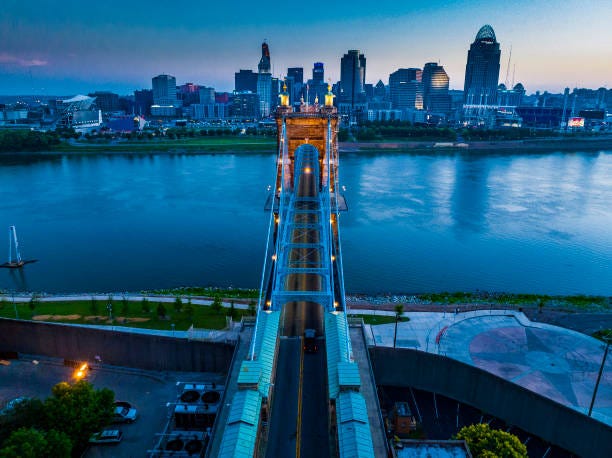CSY Repost #18: When "Restoring the Rust Belt" Becomes "Restoring the Urban Middle Class"
Restoring one necessarily restores the other.
A view of downtown Cincinnati, taken over the James Roebling Bridge, looking north across the Ohio River from Covington, KY. Source: gettyimages.com
(Note: It’s been a crazy couple weeks for me. Work at my main gig really ramped up; it always does this time of year as we prep for our new fiscal year. Illness spread through my department, hitting me as we…
Keep reading with a 7-day free trial
Subscribe to The Corner Side Yard to keep reading this post and get 7 days of free access to the full post archives.

